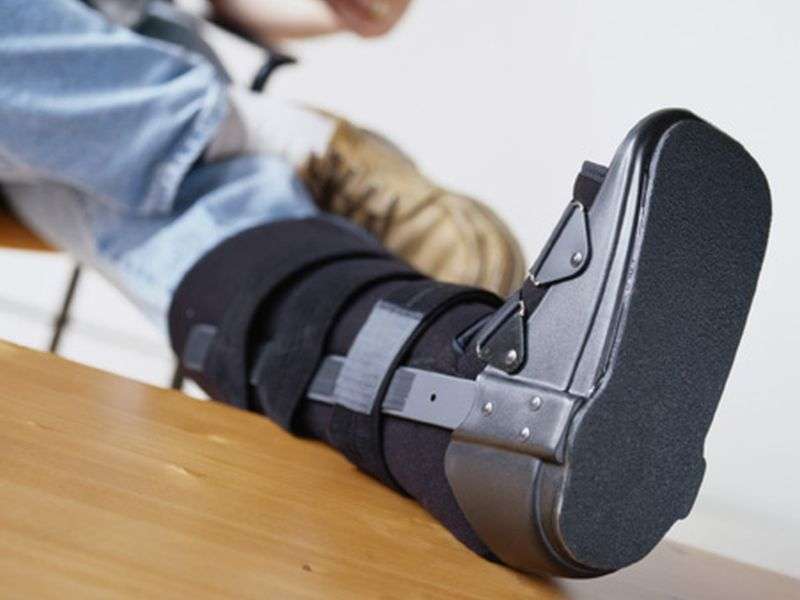For young adults, fractures mainly due to severe trauma

(HealthDay)—In a cohort of young adults, fractures mainly result from severe trauma, with few fractures at osteoporotic sites, according to a study published online July 29 in the Journal of Bone and Mineral Research.
Joshua N. Farr, Ph.D., from the Mayo Clinic in Rochester, Minn., and colleagues examined the incidence rates for all fractures among young adult (age, 18 to 49 years) residents of Olmsted County in Minnesota in 2009 to 2011. The authors compared the distribution of fracture sites and causes with those for older residents, aged 50 years and older.
The researchers found that 2,482 Olmsted County young residents experienced one or more fractures during the study period. The age-adjusted incidence of all fractures was 66 percent greater among men than women (1,882 versus 1,135 per 100,000 person-years; P < 0.001). Eighty percent of all fractures resulted from severe trauma, compared with 33 percent in Olmsted County residents aged ≥50 years. Compared with older residents, younger residents had a greater proportion of fractures of the hands and feet (40 versus 18 percent), with few fractures observed at traditional osteoporotic fracture sites (14 versus 43 percent). Vertebral fractures were more likely to be due to moderate trauma, especially among younger women.
"Young adults, and more commonly men, suffer fractures primarily at non-osteoporotic sites due to more significant trauma," the authors write.
More information:
Abstract
Full Text (subscription or payment may be required)
Copyright © 2017 HealthDay. All rights reserved.


















